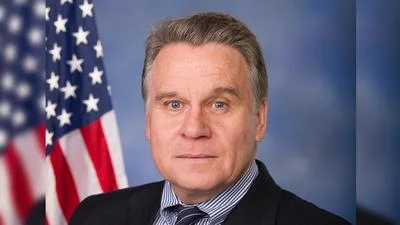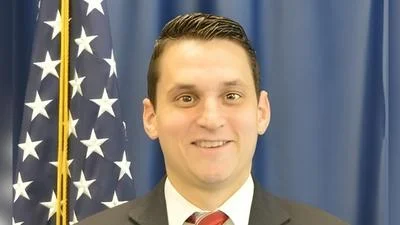The Congressional Record is a unique source of public documentation. It started in 1873, documenting nearly all the major and minor policies being discussed and debated.
“CONFERENCE REPORT ON H.R. 6, ENERGY POLICY ACT OF 2003” mentioning the U.S. Dept. of Energy was published in the Extensions of Remarks section on pages E2383 on Nov. 21, 2003.
The publication is reproduced in full below:
CONFERENCE REPORT ON H.R. 6, ENERGY POLICY ACT OF 2003
______
speech of
HON. DON YOUNG
of alaska
in the house of representatives
Tuesday, November 18, 2003
Mr. YOUNG of Alaska. Mr. Speaker, electron scrubbing is the only air control process that allows older power plants to meet the Clean Air Act Amendments of 1990 (CAAA) and the New Source Performance Standards
(NSPS) while burning the least cost, highest energy fuel--high sulfur coal. The electron scrubbing process removes almost all the pollutants emitted from power plants burning high sulfur coal. In a single step, the electrons convert the pollutants into a high grade, agriculture byproduct.
The Department of Energy's (DOE) Chicago Operations Office (COO) has been briefed on the electron scrubbing project at Eagle Valley and has agreed to manage the program. However, DOE must first transfer $5 million in earmarked funds to the COO so the Director can immediately implement the program.
A letter of intent, dated April 16, 2002, from Greg Daeger, program manager for the electron scrubbing project at Eagle Valley, attests to the commitment and due diligence of Eagle Valley to implement the project pursuant to Congress' direction and intent.
Electron scrubbing uses high-energy accelerators for air pollution cleanup. DOE's COO has the technical management capability in accelerator-related programs and air pollution programs used in other DOE applications. This location is an ideal venue for the effective and successful oversight of the electron scrubbing program. The transfer of funds would allow COO to continue and expand its management of high technology air pollution programs in the area of high-energy electrons.
The energy bill directs DOE to ``use $5,000,000 from amounts appropriated to initiate, through the Chicago Operations Office, a project to demonstrate the viability of high-energy electron scrubbing technology on a commercial-scale electrical generation using high sulfur coal.'' Because it has both the authority and capability to oversee this demonstration project, $5 million must immediately be transferred from DOE to COO.
____________________








